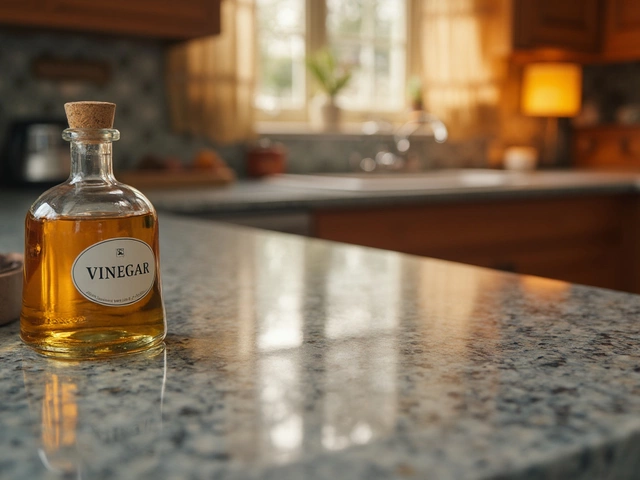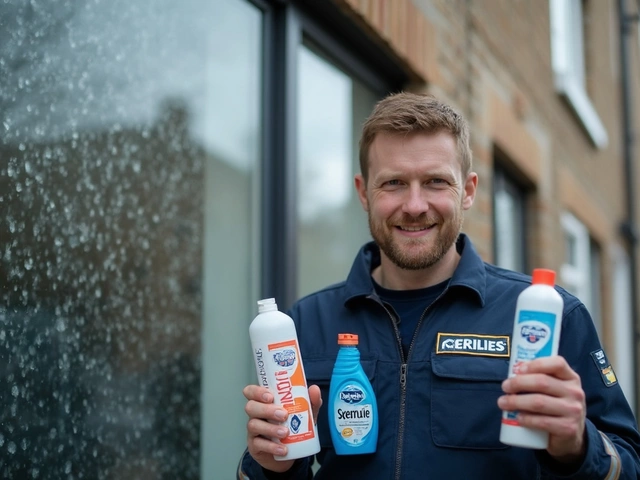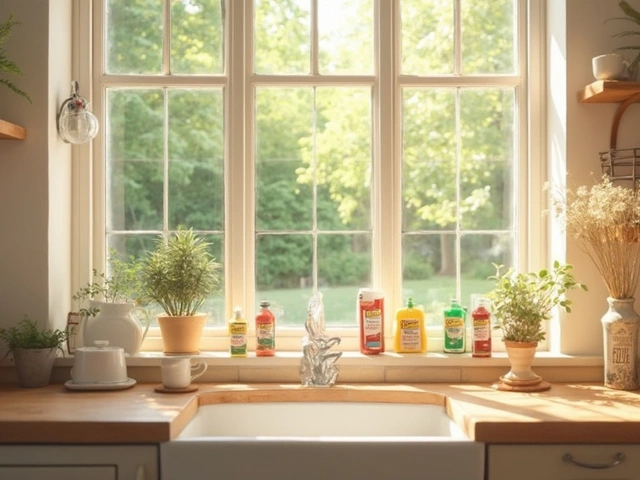Construction Dust: How to Tackle It Efficiently
When dealing with Construction Dust, fine particulate debris created during building, demolition or renovation work. Also known as building dust, it settles on every surface and can harm health if left unchecked. construction dust isn’t just an eyesore; it clings to fabrics, infiltrates air vents, and accelerates wear on appliances. Understanding what it is and how it behaves sets the stage for effective clean‑up.
First, recognize where the dust comes from: cutting timber, sanding drywall, grinding concrete, or even mixing cement. Those actions release particles that range from invisible to gritty. Breathing them can irritate lungs, while contact with skin may cause itching. The key to safe removal is controlling exposure—use masks, open windows, and keep a good ventilation flow. Once the area is protected, you can focus on clearing the debris without spreading it further.
One of the fastest ways to clear dust from outdoor surfaces is Power Washing, a high‑pressure water spray that loosens grime, dust and built‑up residue from walls, roofs and pavement. This method blasts away dust that has settled into porous surfaces, leaving them almost brand‑new. Because the water pressure can be adjusted, you avoid damaging delicate materials while still getting deep cleaning results. Many contractors pair power washing with eco‑friendly detergents to break down stubborn dust clumps without harsh chemicals.
For glass and windows, Window Cleaning, the process of removing dust, streaks and mineral deposits from interior and exterior panes becomes essential after a renovation. Dust on windows not only mars the view but can create a film that traps more grime. A simple mix of vinegar and water, applied with a microfiber cloth, lifts dust without leaving residue. Professionals often use water‑fed poles that deliver clean water directly to the glass, eliminating the need for chemicals and ensuring a streak‑free finish.
When you need to address larger flat areas such as driveways, decks or concrete slabs, Pressure Washing, similar to power washing but typically uses lower pressure and specialized nozzles for delicate surfaces offers a balanced approach. It sweeps away dust that has settled into cracks and pores, preventing it from turning into stubborn stains. Using a surface‑appropriate nozzle reduces the risk of etching the material while still delivering enough force to dislodge particles.
Inside the home, construction dust can cling to kitchen appliances, especially ovens. A gentle but effective method is to use a DIY cleaner made from baking soda and vinegar. This combination breaks down oily residues that trap dust, making it easy to wipe away without harsh chemicals. Regular interior cleaning after a build project not only restores appearance but also prolongs the life of appliances by preventing dust‑induced wear.
Speaking of wear, dust accelerates wear and tear on flooring, upholstery and mechanical parts. Fine particles act like sandpaper, grinding down finishes over time. Scheduling routine clean‑ups—whether with a vacuum equipped with a HEPA filter or a damp mop—keeps dust from embedding itself into surfaces. This proactive maintenance saves money and effort in the long run, especially for landlords or property managers handling multiple units.
Ready for deeper insights?
Below you’ll find a curated collection of articles that dive into specific cleaning techniques, safety tips, and cost‑effective tools for handling construction dust in every corner of your property. From power‑washing profit guides to eco‑friendly oven cleaners, the resources ahead will give you practical steps to keep your space spotless and safe.





